The making of ‘Queer’: Daniel Craig and Luca Guadagnino in conversation
As the reimagining of William Burroughs’ book, 'Queer', hits cinemas, Wallpaper* speaks to director Luca Guadagnino, screenwriter Justin Kuritzkes and star, Daniel Craig about bringing the text to life
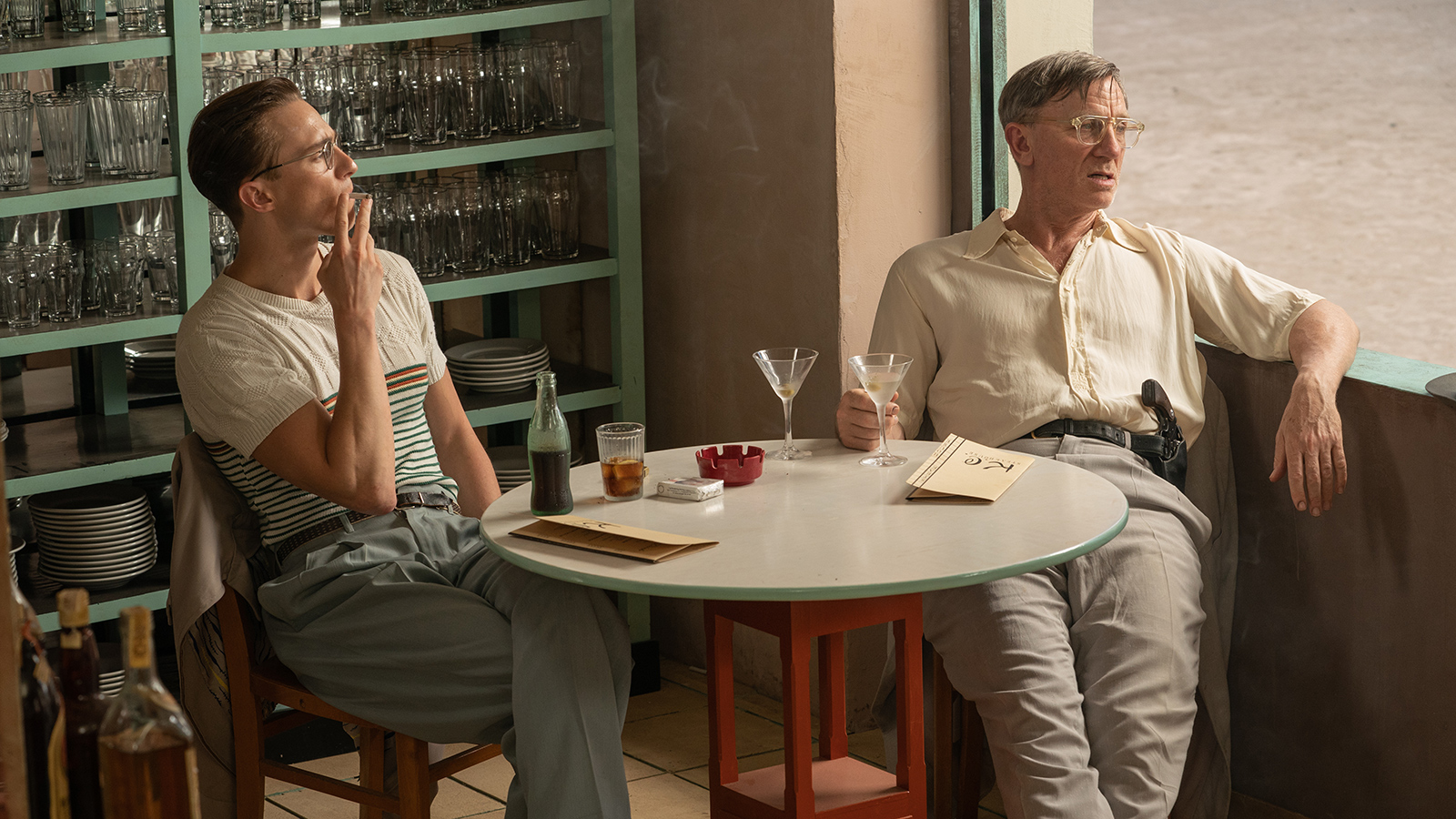
Luca Guadagnino, the fearlessly inventive director of Call Me by Your Name and Challengers, calls his new film Queer 'a story of unsynchronised love'. Adapted from a novella by Beat Generation hero William S Burroughs, it follows an awkward but sometimes tender romance that develops between two very different men in 1950s Mexico City. Swapping the sharp tailoring of Bond for a louche, loose-fitting Brooks Brothers suit, Daniel Craig plays William Lee, a lonely functioning drug addict based on Burroughs himself. When Lee first glimpses dashing young serviceman Eugene Allerton (Drew Starkey) – a head-rush moment Guadagnino soundtracks with an incongruous blast of Nirvana’s Come As You Are – he is immediately mesmerised.
Though Lee shows his feelings more easily and eventually offers Allerton a financial incentive to travel with him to Ecuador, he is no sugar daddy – at times, the younger man is the more proactive party. 'I do think Allerton is as in love with Lee as Lee is in love with Allerton,' Craig says, sitting next to Guadagnino in a Soho hotel room. 'Allerton just can't show it, but Lee is looking for responses [from him]. And the less Allerton gives him, the more Lee fucks it up. That mistake is fascinating to me because, you know, I've been there, done that. We've all done it.'
The film's title may feel political – 'queer' is a reclaimed slur that still carries negative connotations for many LGBTQ+ people – but Craig believes this story 'deals with many universal themes about love, desire, loneliness and the need to connect'. Screenwriter Justin Kuritzkes, who also wrote Guadagnino's last film, Challengers, a lusty tale of quasi-throupledom among pro tennis players, says he wrote Queer's realistic, gloss-free gay sex scenes to be emotionally revealing. 'This is a movie about people trying to find the language for connection, so those intimate scenes are essential because the story is still happening there,' he says. 'I think we've been conditioned to some extent by bad sex scenes from the 1990s to think of them as a break from the movie – like, the story stops and there's a little pop video in the middle of it. But that [approach] to me is cinematically dead.'
When Lee and Allerton arrive in Ecuador, they're sucked into the jungle in pursuit of yagé, a plant-based psychedelic more commonly known as ayahuasca. Lee believes it contains a magic ingredient that will help the men to communicate on a deeper, nonverbal level. At this point, the film deviates from Burroughs' source material and becomes incredibly trippy – there's even a dazzlingly surreal dance sequence. 'That was one of the first decisions that Luca and I made,' Kuritzkes says. 'When the book gets to the jungle, they open a door but very quickly close it because they don't get the yagé. But we felt like it would be interesting to step through that door and see whether it would solve anything for Lee and Allerton.'
Here, Guadagnino and Craig talk about Queer's key themes, working with Jonathan Anderson on the costumes – he previously teamed with Guadagnino on Challengers – and the visual inspirations behind the film's deliberately artificial depiction of Mexico City.
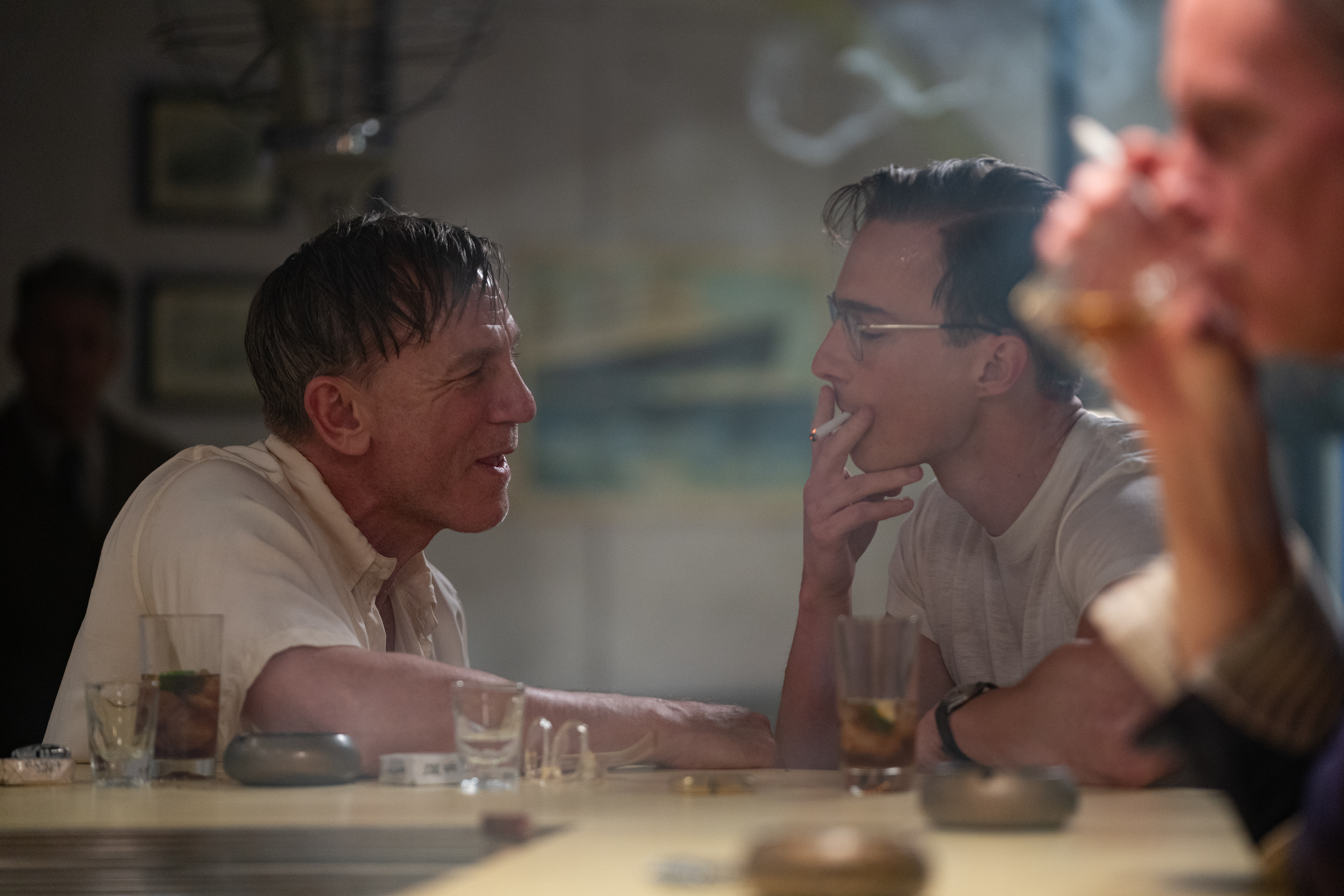
Wallpaper*: What made you want to work with Jonathan Anderson again on this film's costumes? What do you like about his designs?
Luca Guadagnino: I like his mind. I think he's a great artist, a great intellectual. I have these very in-depth conversations with Jonathan about everything [to do with] form. And we have companionship – I like to invite people that are not necessarily cinema people to join the art of film.
Wallpaper* Newsletter
Receive our daily digest of inspiration, escapism and design stories from around the world direct to your inbox.
W*: Did you give him quite a specific brief, or did you leave it to his imagination?
LG: I don't work like that. I know what you mean, because I have learned that there is this idea that the director gives briefs and every department works [on them], and then the director conducts all the instruments. [But] I don't think that's the way we work. The way we work is that we are inspired by the same thing – the book, the script, the world we want to bring to life – and then we go deep.
Daniel Craig: It would be a bit like me coming to set and going, 'This is how I'm going to act it.' Actually, you want to be as free as you possibly can – you don't want to make any rules and block yourself from something magical happening, especially through the mind of somebody like Jonathan or Stefano [Baisi], who designed our production. You want to be moved by something as it's happening, and not stuck in some restricted feeling.
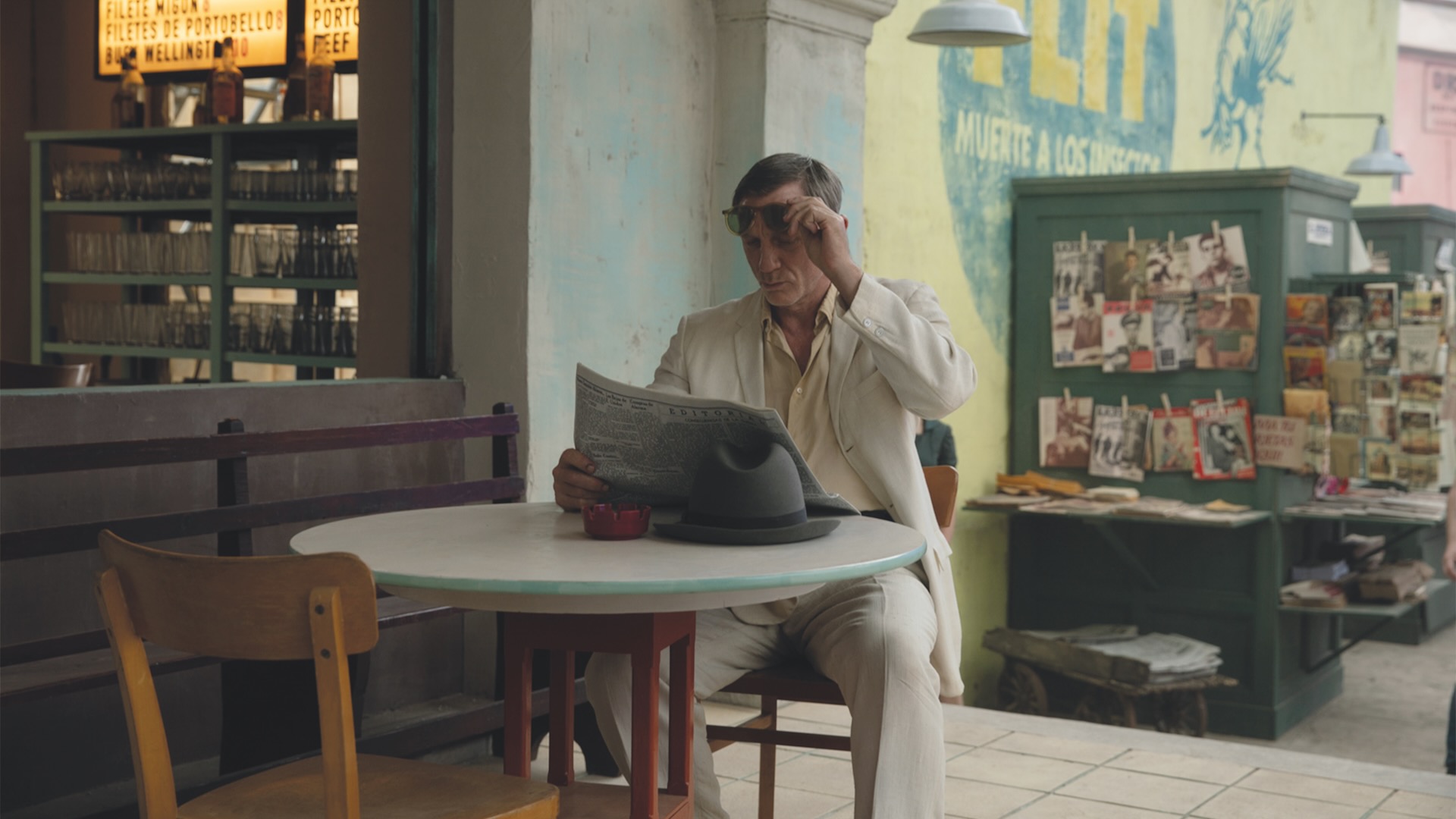
W*: Lee wears this loose-fitting suit that kind of gets grubbier as the film goes on. Did that deterioration help you get into his mindset?
DC: I've worked with some amazing costume designers over the years, and Jonathan I include among them. He has this way – there's no 'we're going to do this'. It’s more 'I'm thinking this, maybe this' and then you go down [the rack]. He had these two suits sitting in a rack as long as from here to the wall, and maybe he put those two suits in exactly the right place, but he wanted me to discover them. He allowed me to discover them for myself.
I was like, 'They're old Brooks Brothers?' And he was like, 'Yeah, they're originals.' And I literally put one on and [looked at] the other 100 suits that were there and went: 'I'm not gonna bother trying them.' It was that simple – there were other things we had to figure out, but the costume fitting literally lasted half an hour.
W*: Though Lee does look increasingly dishevelled, he retains a certain style. Do you think that's innate to him as a character?
DC: I do think that he is a functioning drug addict [and] alcoholic in the truest sense of the word – [in that] he functions. We don't show him writing in the movie [because] we weren't making a movie about a writer. But clearly there's a typewriter there, so he writes.
He has discipline in everything he does, but there's also a looseness about what he does, because he's a smack addict and a drunk. Those two things coming together are very interesting to me: that he gets up, cleans his teeth, showers, does all the things he's supposed to do, and then takes drugs. That's a beautiful contradiction.
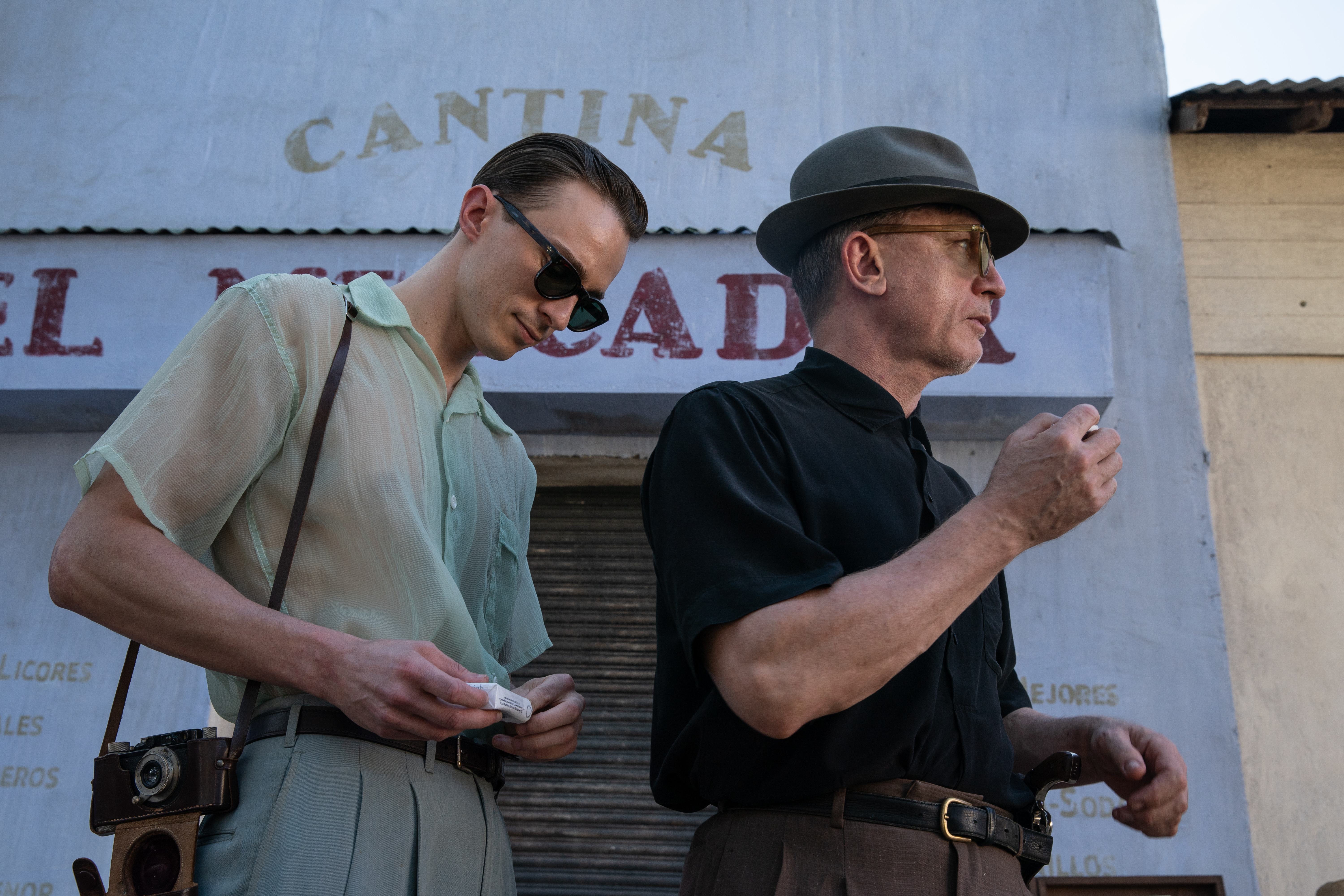
W*: Your production designer Stefano Baisi recreated 1950s Mexico City at Cinecittà Studios in Rome in a way that intentionally looks like a movie set. Luca, did you and Stefano have a clear vision for how you wanted Mexico City to look?
LG: We were always thinking of making it an artificial projection [of Mexico City] from the book and the mind of Burroughs. But we didn't have a pre-concept; we worked on many elements, from the historical accuracy of the places [to] the nature of the places through the lens of the book and the descriptions in the book. We also looked at other filmmakers' work, particularly [1950s directors] Powell and Pressburger, and then patiently built from that.
W*: Things get super-trippy when Lee and Allerton head into the jungle and take yagé, or ayahuasca. What were your visual reference points for those eye-popping scenes?
LG: There was a great exhibition, I think, in London about Francis Bacon and animality [Francis Bacon: Man and Beast at the Royal Academy in 2022]. That and the work of the Flemish painter Michaël Borremans, who acts in the movie as the doctor in Quito, were really our points of reference. And then, of course, Sol León and Paul Lightfoot choreographed the dance sequence that you see in the film.
DC: We're not trained dancers, so that sequence was physically tough to do, but also incredibly liberating because it allowed Drew and I to get to know each other. And also, coming to set having figured it out… I mean, if you've watched Strictly, you'll know that getting a dance right is quite a good feeling.
W*: Did it become like muscle memory?
DC: I don't think that ever happened – I'd need about ten years for it to become muscle memory!
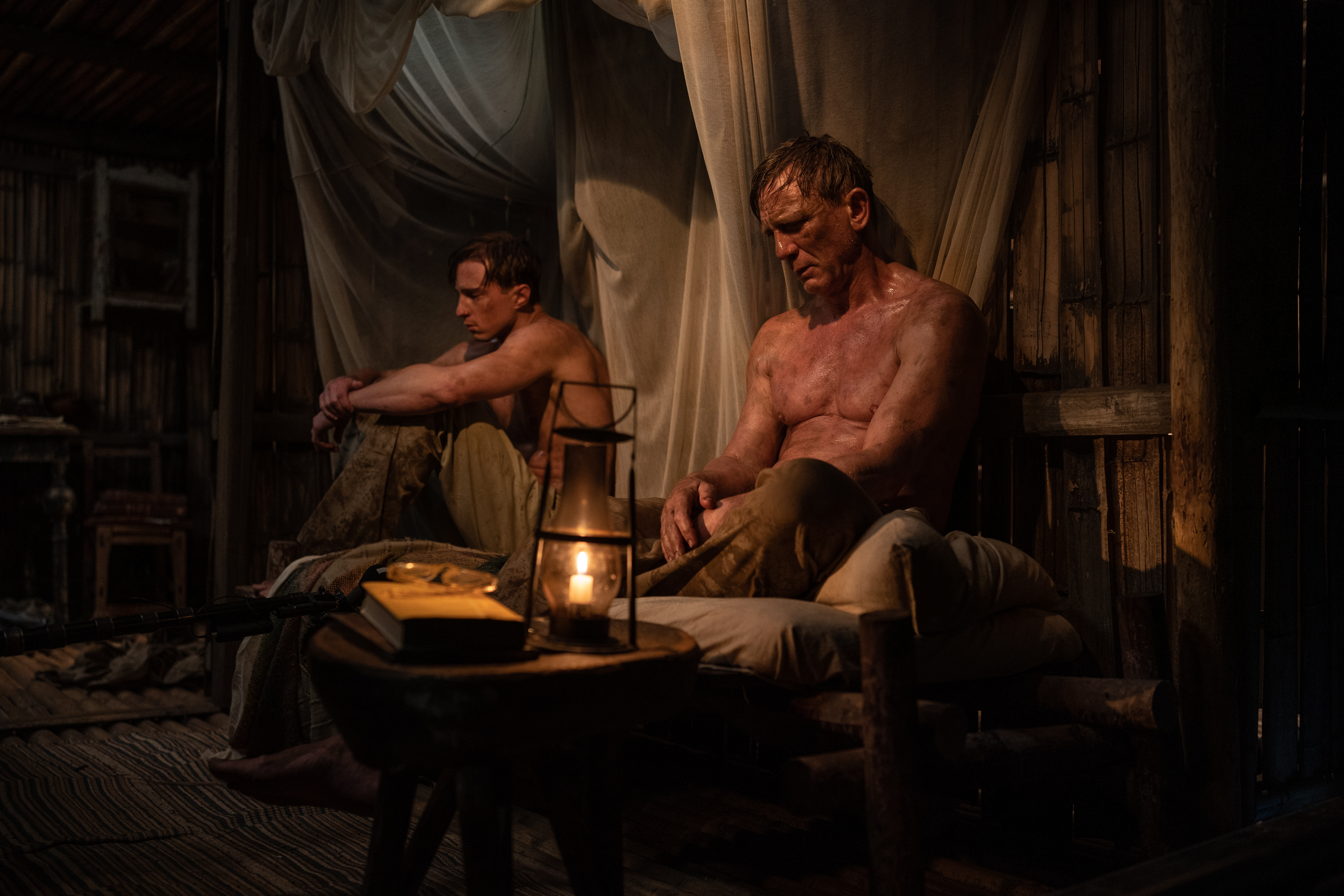
W*: Luca, what made you want to include three Nirvana songs on the soundtrack?
LG: Because I think Nirvana, in a way, is connected with Burroughs historically. And because this is a movie for now, I felt that Burroughs was bridging with Nirvana and Nirvana were bridging with the audiences now. There was this kind of emotional knot in the anguish of [Nirvana's] music that could be really played properly in the movie that we were doing.
W*: One of those Nirvana songs is Sinead O'Connor's gorgeously raw cover of All Apologies – what made you choose her version?
LG: Intuition and the purity of it. I would say that her cover, to me at least, is sort of like a distillation of the song and goes straight to the point of it.
W*: Do you think Queer is a movie for now because in theory, we live in an age where connection is easier, but actually, genuine connection feels harder than ever to find?
DC: I think that's incredibly insightful. I mean, I wish that's what it's meant [to people], because I believe what you're saying. I believe very strongly that we're not connecting in the way we once did through all sorts [of means] including sadly, through cinemas. We're not going to the cinema and collectively watching things and having [those sort of] relationships with complete strangers.
We've had an incredible response from what, for me, is a younger audience and that's been incredibly moving. Something about the loneliness and the isolation and the need to connect [in the film] is having real resonance. So yeah, I agree with what you said.
Queer is in cinemas now
Freelance music, pop culture & LGBTQ+ writer for BBC Culture, Time Out, Another Magazine, NME and more
-
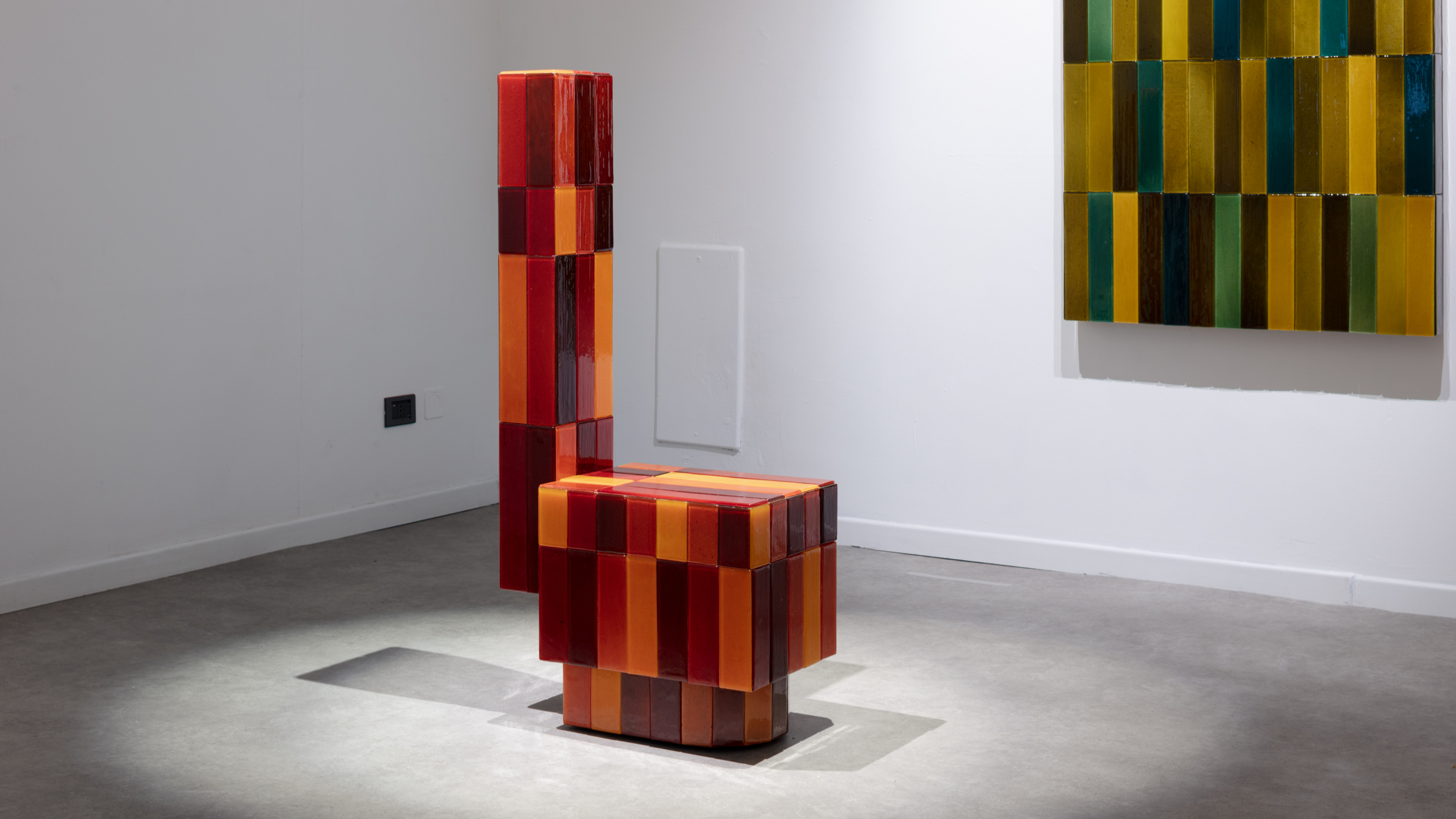 Tokyo design studio We+ transforms microalgae into colours
Tokyo design studio We+ transforms microalgae into coloursCould microalgae be the sustainable pigment of the future? A Japanese research project investigates
By Danielle Demetriou
-
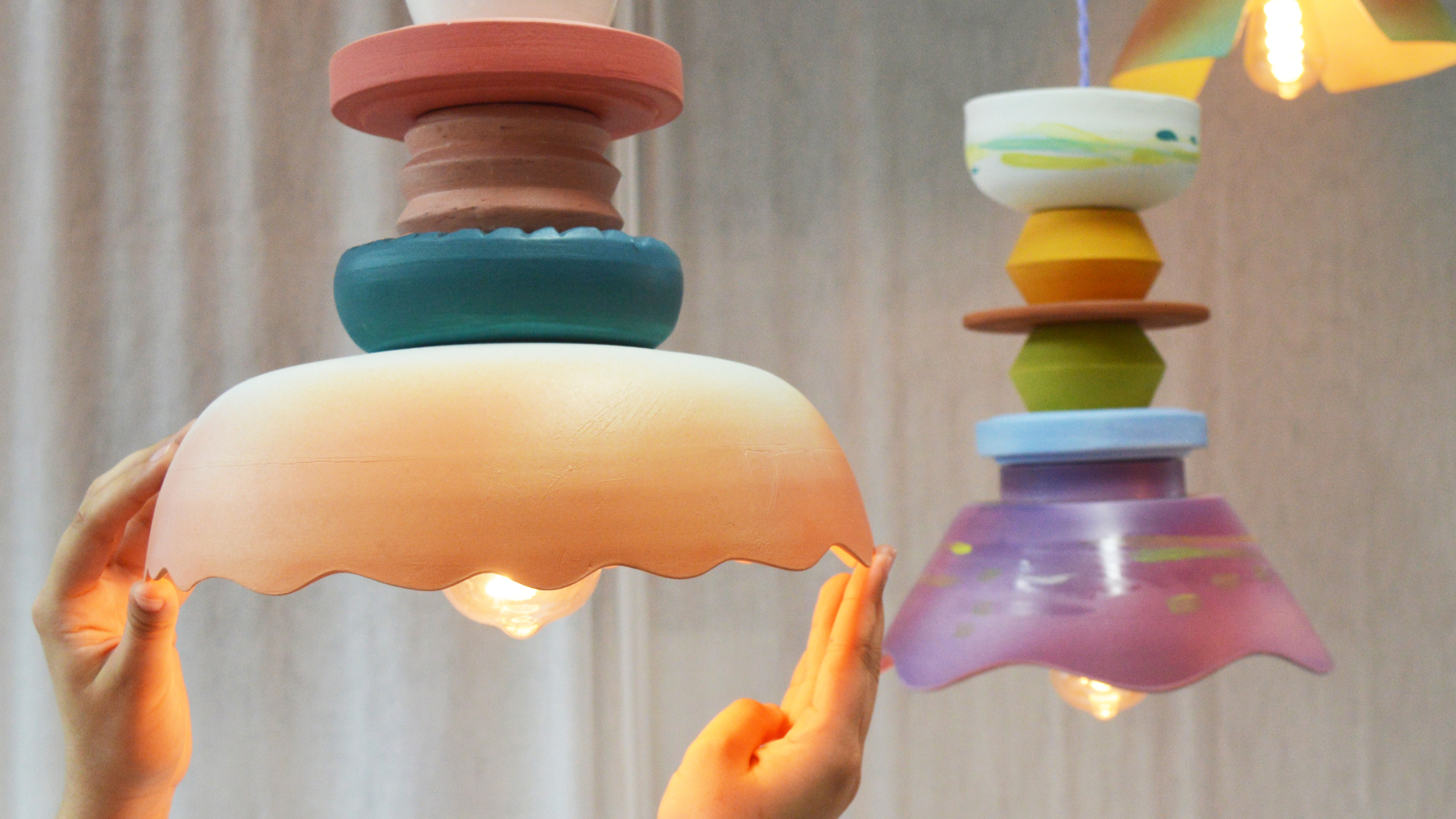 What to see at London Craft Week 2025
What to see at London Craft Week 2025With London Craft Week just around the corner, Wallpaper* rounds up the must-see moments from this year’s programme
By Francesca Perry
-
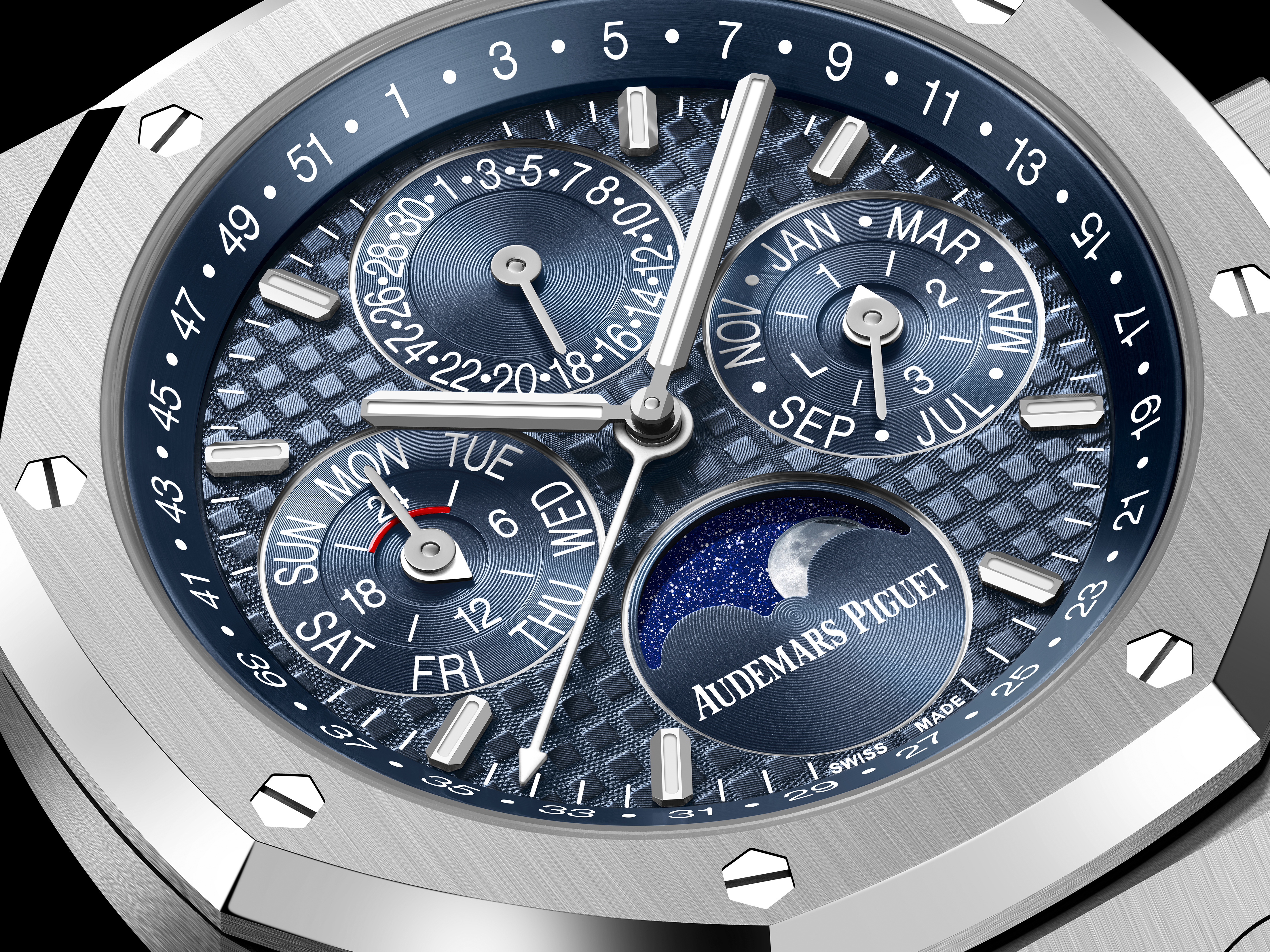 The Audemars Piguet Royal Oak Perpetual Calendar watch solves an age-old watchmaking problem
The Audemars Piguet Royal Oak Perpetual Calendar watch solves an age-old watchmaking problemThis new watch may be highly technical, but it is refreshingly usable
By James Gurney